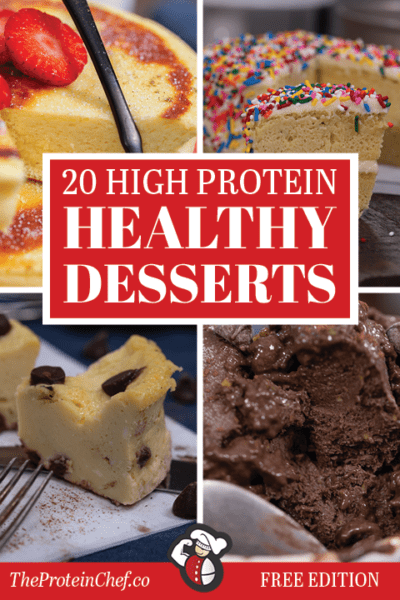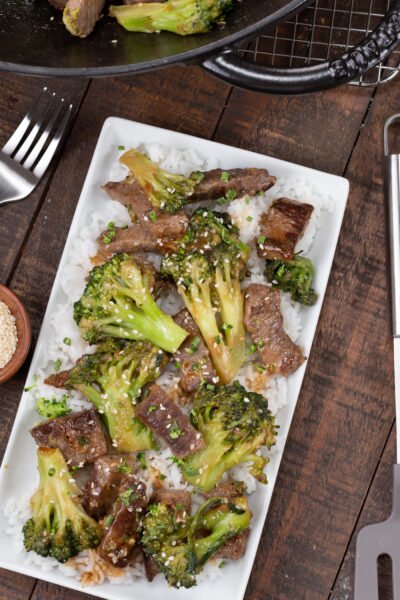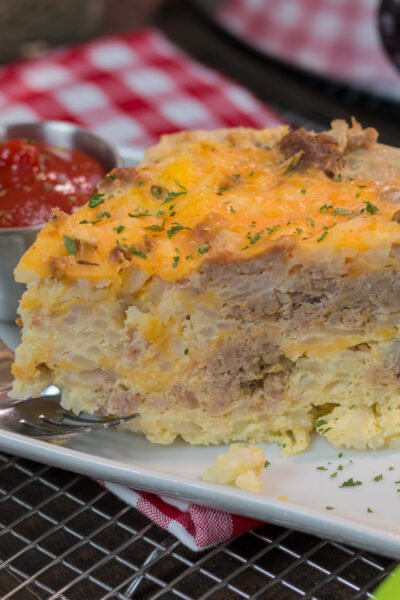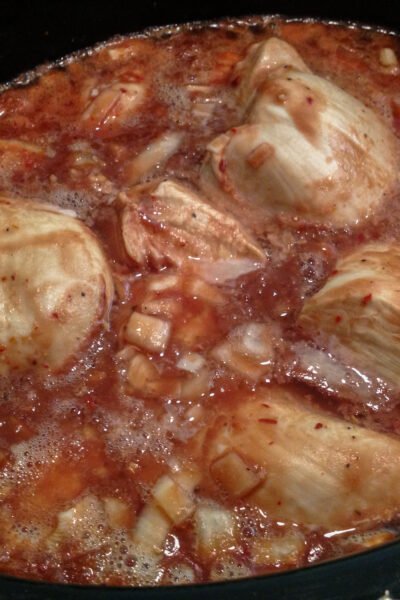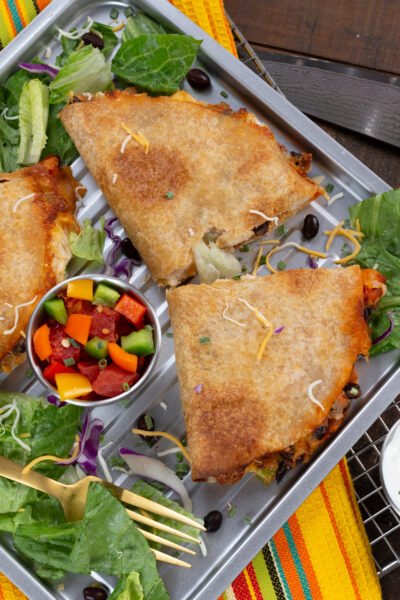The back of any food item can be an over-thinkers worst nightmare. If you’re keeping it simple, just eating less and being consistent in the gym will probably get you some good results but if you wanna keep those results coming and understand the “science” behind everything…you should know How To Read A Nutrition Label. There’s a lot of words and just as many numbers but it’s really not all that difficult to understand a nutrition label so lets break it down into 4 parts!
How To Read A Nutrition Label
SERVING SIZE
All nutrition labels have this and it’s usually right at the top. This can help you either estimate how much to eat or if you have a scale by you, how much you’ll have to portion out!
Say I’m craving pistachios and have a couple hundred calories left in my diet to spare that day. The nutrition label for the pistachios that I have (as seen in the video) tells me that if I eat about 1/2 cup with shells that I’ll be taking in 150 calories. If I eat 1 cup worth, I’ll be right where I wanna be to reach my calorie goal for that day (150 + 150 = 300). I could also weigh out 56 grams without shells (2 servings worth) for more a bit accuracy.
Always keep an eye on how many servings are in everything! It’s an easy way to overeat if you don’t read the nutrition label, especially with calorie dense foods like full fat cheeses, chocolate, nut butters, and so on.
MACROS
These would be your grams of protein, carbs, fat, etc. For the most part unless otherwise indicated, the listed amounts on the nutrition label would be for each serving.
Seems easy enough, right? Well, not all nutrition labels are created equal! You can easily determine this by doing some simple math in your head.
- 1 gram of Carbohydrates is 4 calories
- 1 gram of Protein is 4 calories
- 1 gram of Fat is 9 calories
If a product says there’s 100 calories per serving but has 10 grams of fat (90 calories), 10 grams of protein (40 calories), and 5 grams of carbs (20 calories) then you should consider finding another brand. Look for brands that put a little bit more effort into providing accurate nutritional information.
Who knows what else they could be misinforming you about? This is when knowing how to read a nutrition label comes in handy.
PERCENTAGES
Percentages will be on the right and/or near the bottom if you’re in the USA and consist of daily recommendations from the FDA. These occasionally change and are not something I ever look at. Everyones goals, diets, weight, and whatnot all vary. These recommendations are based off a set amount of calories without factoring any of those things in.
I’m not gonna say they’re bad, but with the amount of free information out there you can find much better resources to find what you need based off your goals. You can checkout an article we wrote on Understanding How To Lose Weight here.
YOUR INGREDIENTS
The last portion of the nutrition label should always have your ingredients listed. The part most people don’t know? These ingredients are listed in the order of which they appear most in whatever it is that you have.
You’ll wanna look at this when purchasing items you’re not too sure of. If you’re buying something with fruit in it then you’ll wanna make sure that the fruit is listed as the main ingredient and not sugar which is usually the case. Another example would be a nut butter without the nut listed first.
With that, I hope I’ve helped you learn how to read a nutrition label or at least something about a nutrition label today! Thank you for reading and don’t forget to drop a comment below if you have ANY questions at all.


